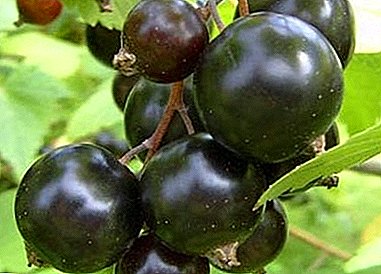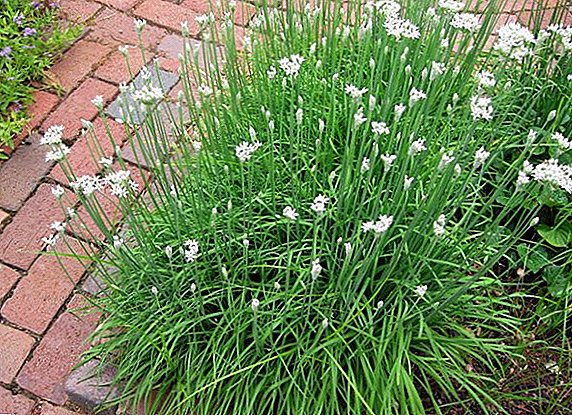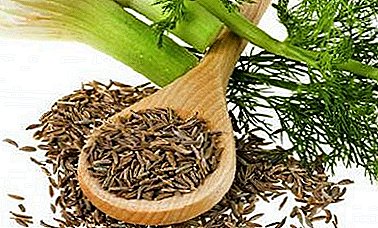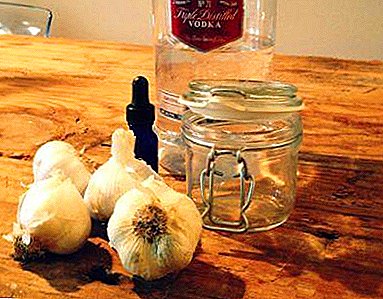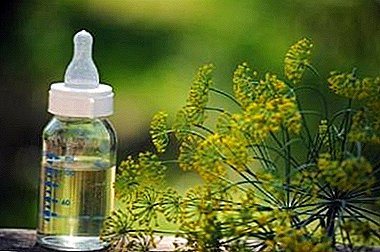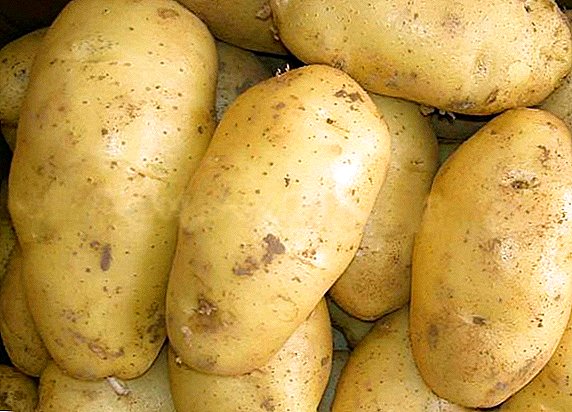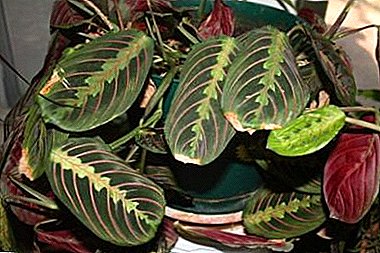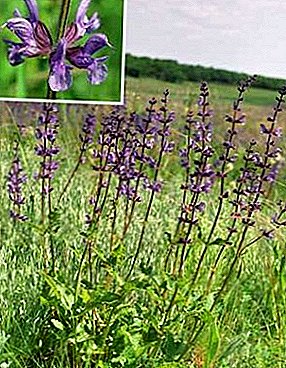 The well-known sage (or salvia) is one of the oldest medicinal plants. It spread in antiquity, then in the Middle Ages, and was so popular that sage was specially grown as a medicinal plant. Sage is the birthplace of the Mediterranean. Today it is cultivated in many European countries (mainly in Italy and south-eastern Europe). This aromatic herb is found mainly on chalky, rocky and sandy soils.
The well-known sage (or salvia) is one of the oldest medicinal plants. It spread in antiquity, then in the Middle Ages, and was so popular that sage was specially grown as a medicinal plant. Sage is the birthplace of the Mediterranean. Today it is cultivated in many European countries (mainly in Italy and south-eastern Europe). This aromatic herb is found mainly on chalky, rocky and sandy soils.
The plant is sage meadow or, as it is also called, field - a perennial shrub 30-70 cm tall. You can recognize it by purple-blue curly inflorescences and characteristic aroma. Sage has an intense aroma and a pleasant bitter-spicy taste. Meadow sage blooms usually in the first half of summer (from May to mid-July). The best time to collect it is the period before flowering; with flowering the taste is lost. Today, sage meadow is used in many areas related to the treatment of various diseases.
Sage Meadow: Composition of Medicinal Plant
The most powerful and active components of sage are, as a rule, in its essential oil. Sage meadow leaves contain 1-2.8% of essential oil. From 0.5 to 1.0% of the oil is obtained from leaves and branches when they are fresh, and about three times more when sage is dry. Sage essential oil has a pungent odor and has a yellow or greenish yellow color. A total of 28 components were found in the well-known medicinal form of sage; The main elements are: 1,8-zineol, borneol, alpha and beta thujone. 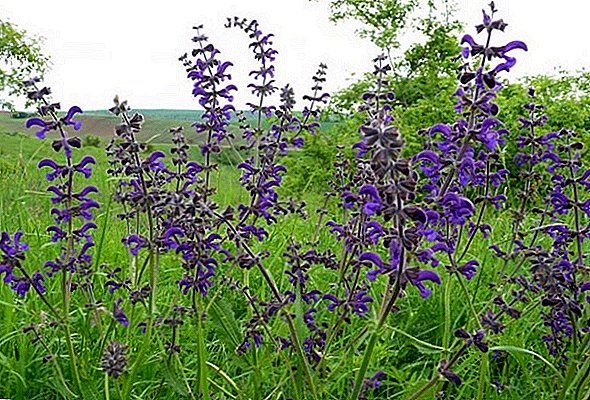
Did you know? Sage essential oil is often falsified by adding thujone derived from virgin juniper leaves (red cedar).The plant also contains varying amounts of limonene, camphor, camphene, pinene, beta-sitosterol (phytosterol), stigmasterol, carnosol (rosmanol), tannin, and other compounds.
In addition, the essential oil includes the following chemical elements: flavonoids, triterpenoids, alkaloids, diterpenes. Sage leaves contain saponins, niacin, nicotinamide, estrogenic substances, tannic, fumaric, caffeic, and phenolic acids, as well as organic acids (chlorogenic, ursolic, oleanolic, and others). Sage also has a high concentration of calcium, potassium, magnesium, zinc, vitamins C, B, vitamins P and PP. The grass also contains bitterness, phytoncides, aromatic gums, formic acid. Sage roots contain coumarin. The seeds contain 25-30% fatty oil.
Useful properties of field sage
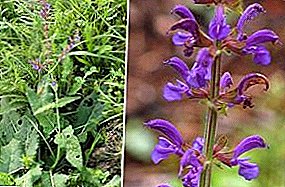 In medicine, sage meadow is used less frequently than sage, but it is still known for some healing properties. In ancient times, sage was an important medicinal plant (in historical sources it is referred to as "noble herb"). In combination with thyme, rosemary and lavender, sage played a big role in the fight against the plague. Sage juice with vinegar used against the plague at all times. Other diseases for which this medicinal herb was used were skin ulcers, itching, problems with urination, drowsiness, pneumonia, colds and cramps. Many recommendations on the use of sage, already described in the Middle Ages, of course, are still relevant. The abundance of useful components contained in sage, makes it able to deal with various ailments from which modern man suffers.
In medicine, sage meadow is used less frequently than sage, but it is still known for some healing properties. In ancient times, sage was an important medicinal plant (in historical sources it is referred to as "noble herb"). In combination with thyme, rosemary and lavender, sage played a big role in the fight against the plague. Sage juice with vinegar used against the plague at all times. Other diseases for which this medicinal herb was used were skin ulcers, itching, problems with urination, drowsiness, pneumonia, colds and cramps. Many recommendations on the use of sage, already described in the Middle Ages, of course, are still relevant. The abundance of useful components contained in sage, makes it able to deal with various ailments from which modern man suffers.
Sage meadow is used today as a medicinal plant for the following diseases:
- cold, flu, viral infections;
- angina;
- stomatitis;
- bronchitis;
- whooping cough;
- rheumatism;
- mild depression;
- hyperhidrosis (pathological sweating);
- slight upset stomach.
In the treatment of excessive sweating, sage is especially popular. Regular use of tea with sage suppresses and regulates the body's sweating, especially reduces night sweats in women during menopause. Probably, this is promoted by monoterpenes and some tannins contained in sage leaves. Tea or infusion of field sage is a valuable cure for nervous excitement, anxiety and depression; calms the nervous system, reduces anxiety, relieves headaches. In such cases, sage is used in small, but often repeated doses.
 Sage extracts are still being investigated for their potential in improving memory and in fighting Alzheimer's disease. Sage has been found to be effective in treating mild and moderate forms of Alzheimer's disease. Sage meadow is used as a traditional medicine against diabetes in many countries: its essential oil reduces blood glucose. In addition, sage is used to reduce excessive lactation in nursing mothers and as an adjunct to female infertility. Phytoncides present in sage oil have a detrimental effect even on the tubercle bacillus, therefore this herb is so useful for any problems with the respiratory system. The plant also helps with mumps.
Sage extracts are still being investigated for their potential in improving memory and in fighting Alzheimer's disease. Sage has been found to be effective in treating mild and moderate forms of Alzheimer's disease. Sage meadow is used as a traditional medicine against diabetes in many countries: its essential oil reduces blood glucose. In addition, sage is used to reduce excessive lactation in nursing mothers and as an adjunct to female infertility. Phytoncides present in sage oil have a detrimental effect even on the tubercle bacillus, therefore this herb is so useful for any problems with the respiratory system. The plant also helps with mumps.
How sage is used in traditional medicine
Sage meadow has the same beneficial properties as medicinal, but inferior to him in the power of therapeutic effects. Field sage is widely used in traditional medicine (as herbal tea, infusion or decoction). Sage is often drunk as a substitute for traditional tea. In accordance with medical recommendations should be consumed no more than three cups of sage per day. Fresh herbs can be found in almost any pharmacy, supermarket or market. Quality varies in wide ranges. The best are plants that have large leaves and already slightly woody stem. These features suggest that sage was not treated with chemical fertilizers.
Recipes for the use of sage for viral infections and colds
 Due to the numerous valuable substances contained in the essential oil of this aromatic herb, sage has healing antibacterial properties. The herb helps with colds, sore throat, flu, sore throat and measles. Sage has antiviral, antipyretic, diuretic effect. To this end, it is used in the form of a decoction or tincture of the leaves, as well as add sage essential oil to drinks. In regions where wild sage grows, the leaves are boiled in vinegar and used as a tonic.
Due to the numerous valuable substances contained in the essential oil of this aromatic herb, sage has healing antibacterial properties. The herb helps with colds, sore throat, flu, sore throat and measles. Sage has antiviral, antipyretic, diuretic effect. To this end, it is used in the form of a decoction or tincture of the leaves, as well as add sage essential oil to drinks. In regions where wild sage grows, the leaves are boiled in vinegar and used as a tonic.
Important! Please note that you cannot take sage during the initial stages of the flu. The fact is that this herb dries the already dry inflamed mucosa of the upper respiratory tract even more. As a result, it is possible to get not improvement, but aggravation of cough.
Recipe for angina, with gingivitis, with ulcers in the corners of the mouth (tincture of sage leaves for gargling). Just pour a few fresh leaves of grass with a glass of hot water and let it brew for a couple of minutes. Before you start gargling, remove all leaves from the decoction. Leaves can be taken not only fresh, but also dried (crushed). In this case, they must infuse in boiling water (wrapped) for at least 2 hours, then the infusion must be filtered.
Recipe for hoarseness and cough. Drug essential oil of sage is added to warm water, then rinse the throat.
Recipe with sage for internal inflammation of the body (various viral infections). Pour the fresh sage leaves with boiling water or hot milk. The broth is allowed to infuse, drink hot before bedtime.
How to apply meadow sage to treat the organs of the gastrointestinal tract
 Tannins and bitterness in meadow sage help to improve digestion. Sage is taken to treat various stomach disorders, with peptic ulcer, in the treatment of flatulence (painful bloating). The plant has antispasmodic activity and acts as a carminative (used against spasms of the gastrointestinal tract), provides protection against diarrhea. Sage is considered a useful remedy for typhoid fever; It has a therapeutic effect on colitis, gastritis, cholecystitis, diseases of the gallbladder and kidneys. The herb also supports the liver and is used to increase its functionality.
Tannins and bitterness in meadow sage help to improve digestion. Sage is taken to treat various stomach disorders, with peptic ulcer, in the treatment of flatulence (painful bloating). The plant has antispasmodic activity and acts as a carminative (used against spasms of the gastrointestinal tract), provides protection against diarrhea. Sage is considered a useful remedy for typhoid fever; It has a therapeutic effect on colitis, gastritis, cholecystitis, diseases of the gallbladder and kidneys. The herb also supports the liver and is used to increase its functionality.
Recipe with sage for inflammation of the gastrointestinal tract: 2 teaspoons of crushed leaves brew in two cups of boiling water, insist 30 minutes, strain, drink 1 tablespoon every 2 hours.
Did you know? In China, instead of the usual tea prefer sage decoction. The Chinese appreciate the sage herb for its healing properties, as their food is sometimes quite spicy and heavy for the stomach.
The use of meadow sage for the treatment of skin diseases
Infusion of meadow sage is an excellent lotion for complex treatment of various skin diseases:
- eczema;
- acne;
- frostbite;
- burns;
- psoriasis;
- neurodermatitis;
- purulent wounds.
Due to the healing (anti-inflammatory and antibacterial) properties of sage, this herb helps in healing wounds and regeneration of the skin, relieves skin inflammation and itching.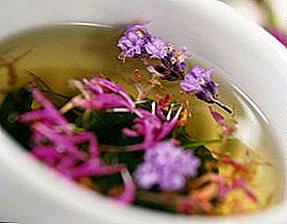 Sage is also used for insect bites and various skin infections. The plant is added to natural cosmetics. Sage is used to care for the skin of the face, it is useful for oily and acne prone skin. It cleanses our skin, fights bacteria and acne, relieves inflammation, helps regulate excessive sebum.
Sage is also used for insect bites and various skin infections. The plant is added to natural cosmetics. Sage is used to care for the skin of the face, it is useful for oily and acne prone skin. It cleanses our skin, fights bacteria and acne, relieves inflammation, helps regulate excessive sebum.
Recipe tonic for oily skin (from leaves and flowers of sage). Prepare the infusion from one spoonful of dry grass and 1/2 cup of boiled water. After cooling, strain the infusion, add 1: 1 natural apple cider vinegar and wipe your face twice a day.
The cosmetic area where sage is still used is hair care. As with facial skin care, sage is used in oily hair shampoos. Gargling with sage will quickly eliminate the problem of oily scalp and oily hair.
Did you know? Salvia can darken hair. Sage extracts are often used as a natural, natural method of dyeing graying strands.
How to use sage meadow dentists
It is known the use of meadow sage in the treatment of inflammatory diseases of the oral cavity, as well as various dental problems. For this purpose, special preparations are made from leaves or sage extracts. As noted above, field sage has anti-inflammatory, antiseptic and soothing properties. For this reason, many toothpastes contain sage as one of the ingredients. In the USA, this herb is still valued and used in official medicine.
 Recipe with sage for rinsing the mouth. Fill the fresh leaves with hot boiled water. Allow the infusion to cool slightly, then proceed with rinsing. Regular rinsing with sage helps in the treatment of lesions of the oral cavity. Rinsing is also good for bleeding gums and for preventing excessive saliva flow.
Recipe with sage for rinsing the mouth. Fill the fresh leaves with hot boiled water. Allow the infusion to cool slightly, then proceed with rinsing. Regular rinsing with sage helps in the treatment of lesions of the oral cavity. Rinsing is also good for bleeding gums and for preventing excessive saliva flow.
Infusion for rinsing, made from a mixture of sage, rosemary, plantain, and cooked in wine or water with honey, can save you from almost any inflammation of the oral cavity. Fresh sage leaves often rub their teeth, clearing them and strengthening the gums. Thus, this magic herb with its bactericidal action will be a natural remedy in the treatment of infections and diseases affecting the mouth and teeth.
Sage meadow: Contraindications
Sage, in addition to useful properties, there are some contraindications. Care should be given to pregnant women and women during lactation. Sage contains estrogen-like compounds that can adversely affect pregnancy and can block the flow of milk from nursing mothers. It is also not recommended to use sage in large quantities to children. As far as is known, with moderate use of sage, there have been no reports of negative adverse reactions.
Important! The meadow sage has a high concentration of thujone, which is toxic in large doses. Therefore, using excess sage can have a negative effect on health.Adverse reactions. Side effects of excessive salvia include dry mouth, stomatitis and local irritation. Tests show that sage essential oil can increase blood pressure in people with hypertension. If you have any medical contraindications or you are taking other drugs, herbs, supplements, you should consult a qualified doctor before starting a new therapy.
Thus, the consideration of sage meadow, as well as a description of the beneficial properties of this herb, explains the popularity of sage as a natural remedy. Although the question of the effectiveness of field sage is open to discussion, there is some experimental evidence of its influence as an antibiotic, as well as antifungal, antispasmodic and tonic. This herb is recommended in one form or another from virtually any ailment and is used as a general tonic. Both doctors and cooks note the healing effect that sage has on our bodies.


